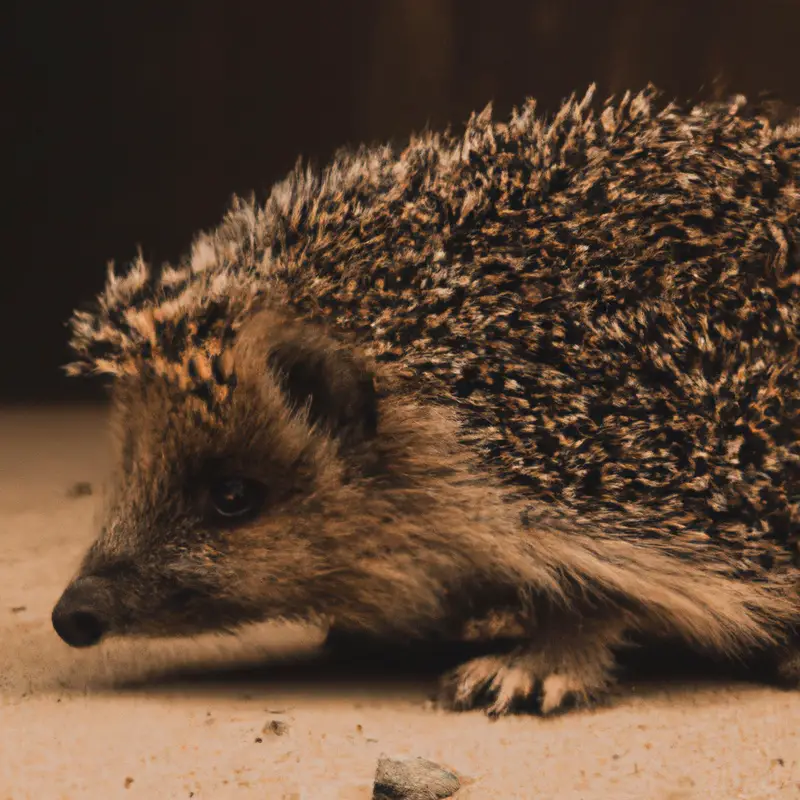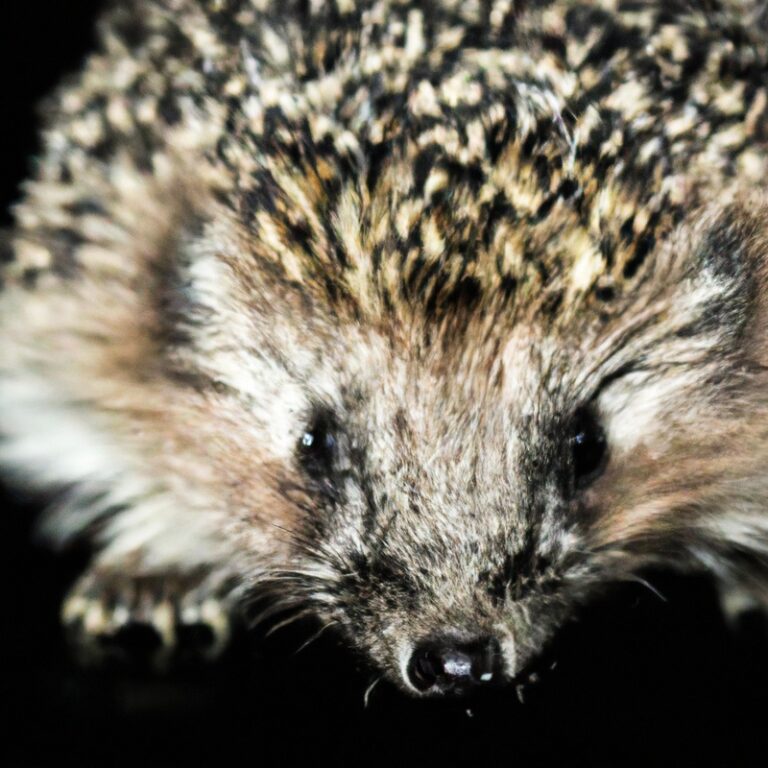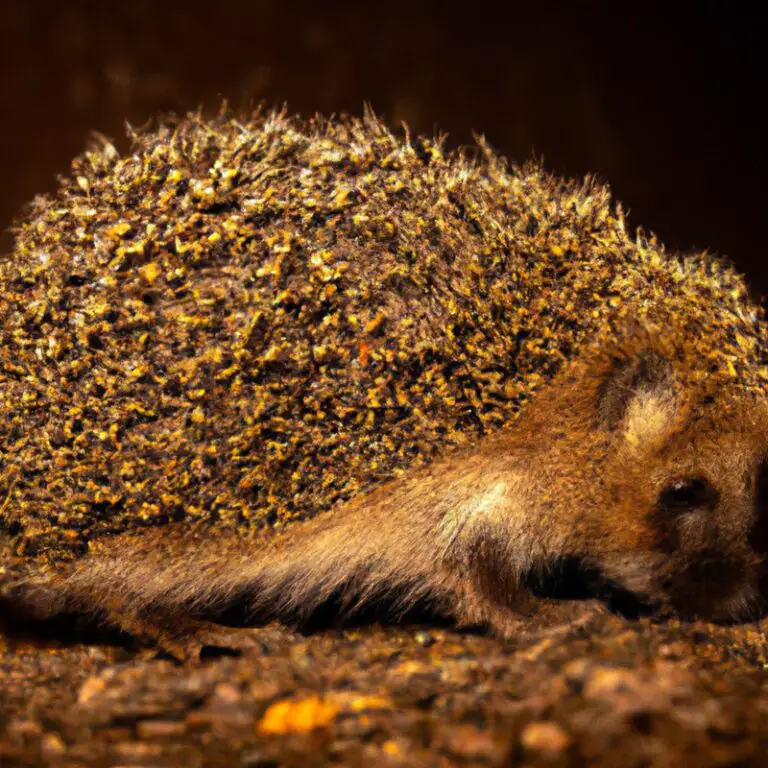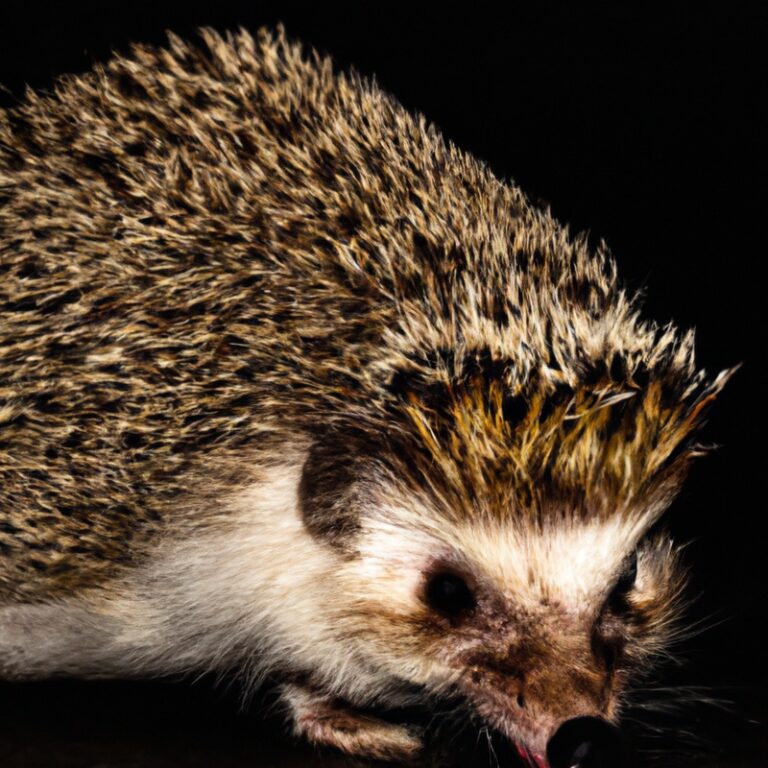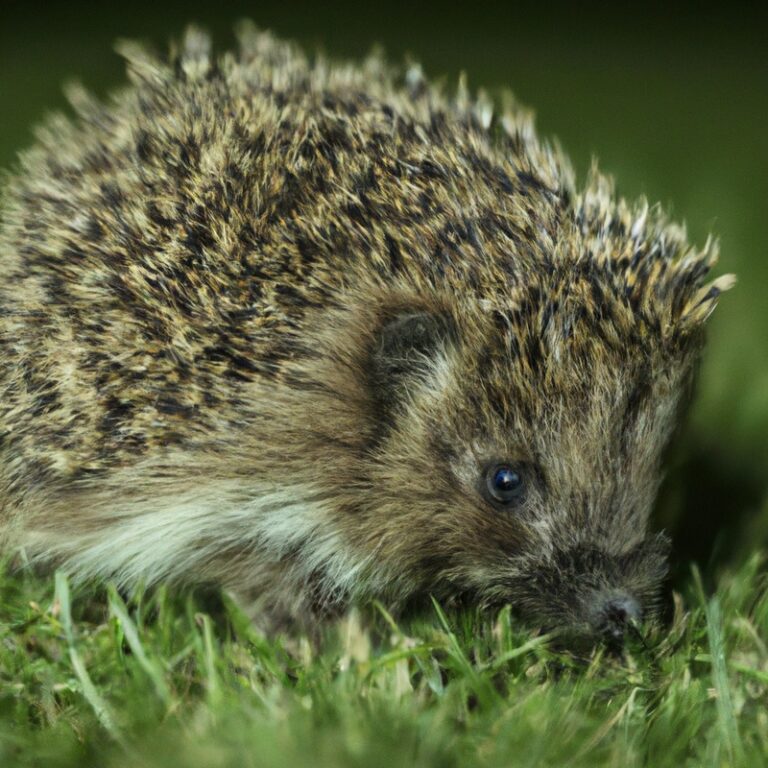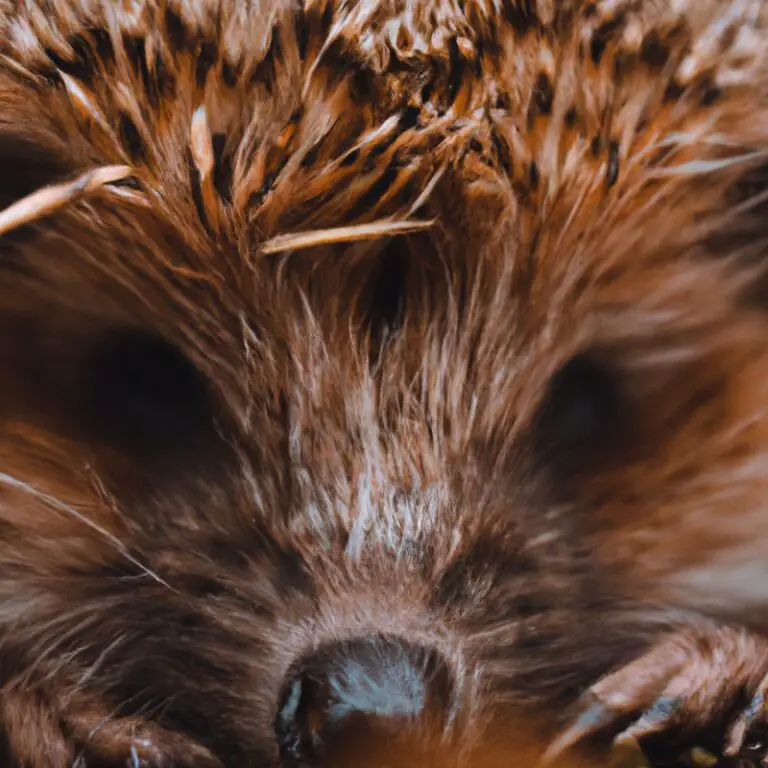How Do Hedgehogs Use Their Spines For Protection?
Key Takeaways:
- Hedgehogs use their spines as a defensive mechanism to ward off predators.
- The spines on a hedgehog’s back are sharp and can be easily raised to create a spiky shield.
- Hedgehogs roll into a tight ball to maximize the protection offered by their spines.
- Contrary to popular belief, hedgehogs do not shoot their spines or use them as projectiles.
Are you curious about the mysterious ways that hedgehogs protect themselves? Well, look no further because we’re about to dive deep into the fascinating world of hedgehog spines.
These cute little creatures have a secret weapon – their spines! But how exactly do they use them?
In this article, we’ll explore the anatomy of hedgehog spines, the various ways they use them for protection, and some interesting adaptations they have developed. Get ready to be amazed by nature’s ingenious design! So, let’s dive in and uncover the secrets behind hedgehogs’ prickly defense system.
| Question | Answer |
| What are hedgehog spines made of? | Hedgehog spines are made of a tough protein called keratin. |
| How many spines does a hedgehog have? | A hedgehog can have around 5,000 to 7,000 spines on its back. |
| How do hedgehogs use their spines for protection? | Hedgehogs use their spines as a defense mechanism. When threatened, they curl into a tight ball, exposing only their spines to deter predators. |
| Do hedgehogs shoot their spines? | No, hedgehogs cannot shoot their spines. However, they can erect their spines to appear larger and more intimidating to predators. |
| Can hedgehogs hurt humans with their spines? | Hedgehog spines are not designed to harm humans. While they can prick and cause discomfort, they are not dangerous. |
Anatomy of Hedgehog Spines
Hedgehog spines are made up of keratin, the same material found in human hair and nails.
They are rigid, hollow, and sharp, providing effective protection against predators.
Structure of Hedgehog Spines
The spines of hedgehogs are made up of a tough protein called keratin.
These spines are hollow and can grow up to around an inch in length.
The shape of the spines is conical, tapering to a point, and they are attached to muscles that allow hedgehogs to curl them into a protective ball.
Underneath the spines, hedgehogs have a layer of soft fur that provides additional insulation.
This unique structure of their spines helps hedgehogs defend themselves from predators by creating a barrier and deterring them from attacks.
Growth and Replacement of Hedgehog Spines
Hedgehog spines grow from specialized skin cells called keratinocytes. The spines are made of keratin, the same substance that makes up our hair and nails.
As a hedgehog grows, the keratinocytes at the base of each spine divide and multiply, pushing the older spine out.
This continuous growth process allows hedgehogs to replace lost or damaged spines. It’s important to note that the growth and replacement of hedgehog spines is a natural and ongoing process that helps them maintain their protective defense mechanism.
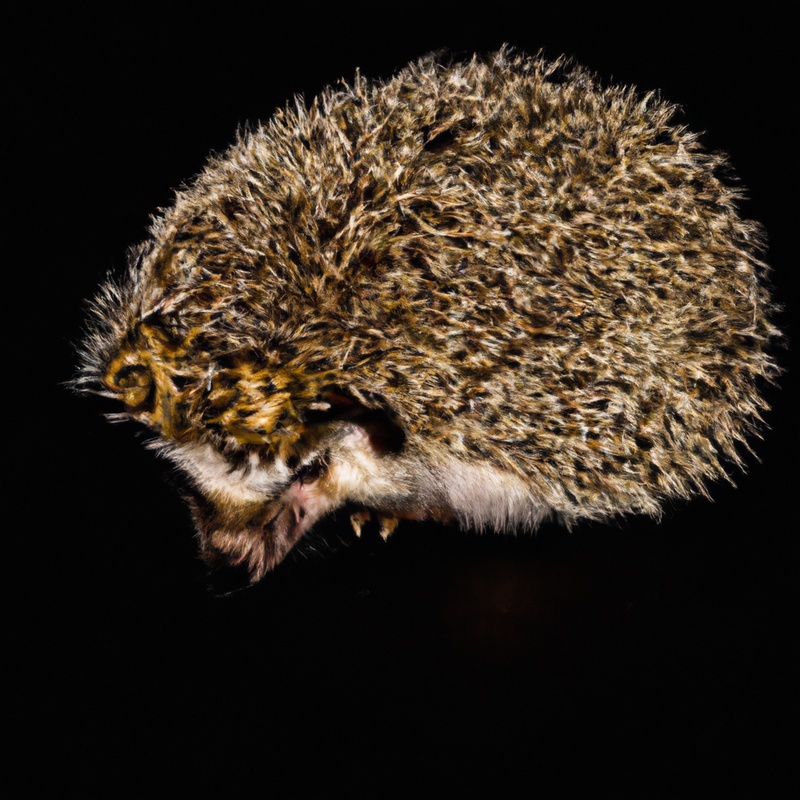
Uses of Hedgehog Spines
Hedgehog spines serve as a defense mechanism and protection against predators.
Protection Against Predators
Hedgehogs use their spines as a form of protection against predators.
These sharp spines cover their entire body, creating a barrier that deters potential threats.
When a hedgehog feels threatened, it curls up into a tight ball, exposing only its spines to predators.
The spines are designed to prick and discourage predators from attacking.
This defense mechanism is highly effective in keeping hedgehogs safe from harm.
Defense Mechanisms
Hedgehogs have some fascinating defense mechanisms to protect themselves from predators.
One of their main defenses is their spines.
When threatened, hedgehogs will curl up into a tight ball, exposing their spiky spines on the outside.
These sharp spines act as a barrier, making it difficult for predators to attack them.
Hedgehogs can also make a hissing sound or grunt to warn predators to stay away.
Some hedgehogs even use their spines to make themselves look bigger by raising them up.
These defense mechanisms serve as a strong deterrent and allow hedgehogs to stay safe in their environment.
Adaptations for Spine Usage
Hedgehogs have developed specific adaptations to utilize their spines effectively for protection.
Rolling Into a Ball
Rolling into a ball is a key defense mechanism for hedgehogs.
When they feel threatened, they curl up tightly, with their spines pointing outward.
This creates a barrier that protects them from potential predators.
Rolling into a ball allows hedgehogs to present a spiky and impenetrable surface, making it difficult for predators to attack or injure them.
It’s an instinctive behavior that helps keep them safe in the wild.
Bracing and Posturing Techniques
Bracing and posturing techniques play a crucial role in a hedgehog’s defense.
When faced with a threat, hedgehogs have a unique ability to tuck their head, limbs, and tail into a ball, exposing only their spines.
This bracing technique forms a protective barrier that deters potential predators.
Additionally, hedgehogs can use their strong neck and back muscles to arch their spines, making them even more prickly and difficult to handle.
These instinctive posturing techniques help hedgehogs effectively ward off attacks and stay safe in their natural habitats.
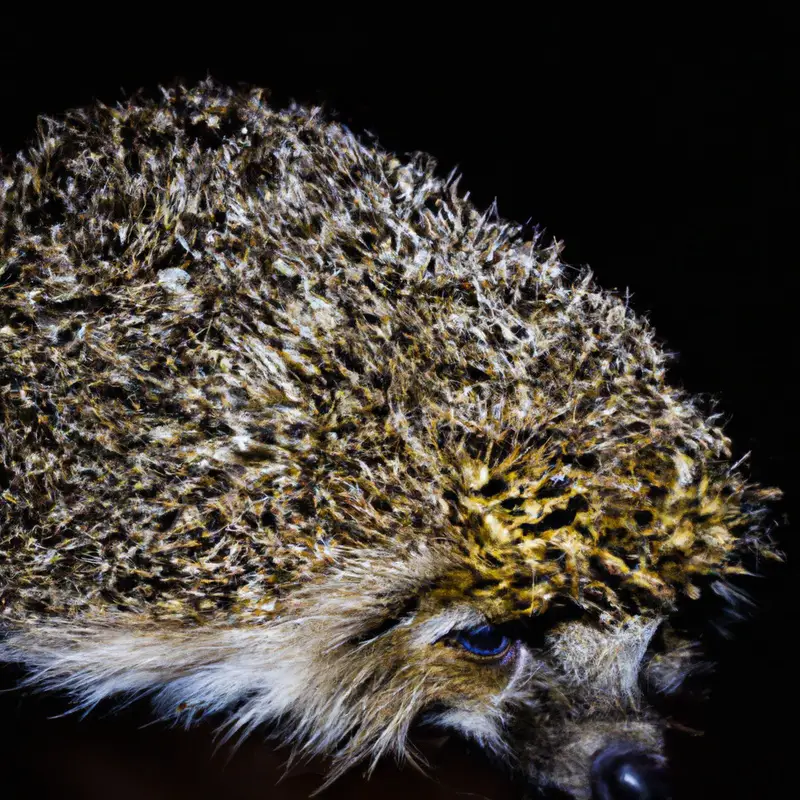
Frequently Asked Questions (FAQs)
Can hedgehogs shoot their spines?
No, hedgehogs cannot shoot their spines. While their spines may look sharp and intimidating, they are actually modified hairs made of keratin.
Hedgehogs use their spines as a form of defense by curling up into a ball, with the spines acting as a protective barrier.
They do not have the ability to launch or shoot their spines.
Do baby hedgehogs have spines?
Yes, baby hedgehogs do have spines! Even from birth, they are equipped with soft and flexible spines called “quills” that start to harden within a few hours. These spines serve as their primary defense mechanism against predators.
As they grow, their spines become sharper and more rigid, providing them with better protection.
So, even when they’re tiny and adorable, baby hedgehogs are already armed with their characteristic spines.
Are hedgehogs born with fully developed spines?
Hedgehogs are not born with fully developed spines. When they are born, their spines are soft and flexible, and it takes a few weeks for them to harden.
This is important for their protection because the spines provide a defense against predators.
As the hedgehog grows, its spines continue to grow too, becoming more dense and sharp. So, although hedgehogs are not born with fully developed spines, they quickly grow into a formidable defense mechanism.
How often do hedgehog spines need to be trimmed?
Hedgehog spines do not need to be trimmed at all.
Unlike human nails or dog’s claws, hedgehog spines naturally shed and fall out over time.
These spines are a part of their protective and defensive mechanism, so trimming them would be unnecessary and potentially harmful.
It’s important to let their spines grow and be maintained naturally to keep the hedgehog healthy and safe.
Can hedgehog spines cause harm to humans?
Hedgehog spines can cause harm to humans if not handled properly.
Their spines are sharp and can puncture the skin, leading to pain, swelling, and potentially infection.
It’s important to approach hedgehogs with caution, using gentle and slow movements to avoid getting pricked.
If you do get pricked, clean the wound thoroughly and seek medical attention if necessary.
It’s best to leave handling hedgehogs to experts or professionals to ensure everyone’s safety.
Final Verdict
Hedgehogs have evolved remarkable adaptations to use their spines for protection. The structure and growth of hedgehog spines enable them to effectively deter predators and defend themselves.
Hedgehogs can roll into a tight ball, using their spines as a shield.
They also employ bracing and posturing techniques to deter threats. Despite their formidable appearance, hedgehog spines do not pose a threat to humans.
Understanding these fascinating adaptations not only deepens our appreciation for hedgehogs, but also reminds us of the incredible diversity and ingenuity of the natural world.

